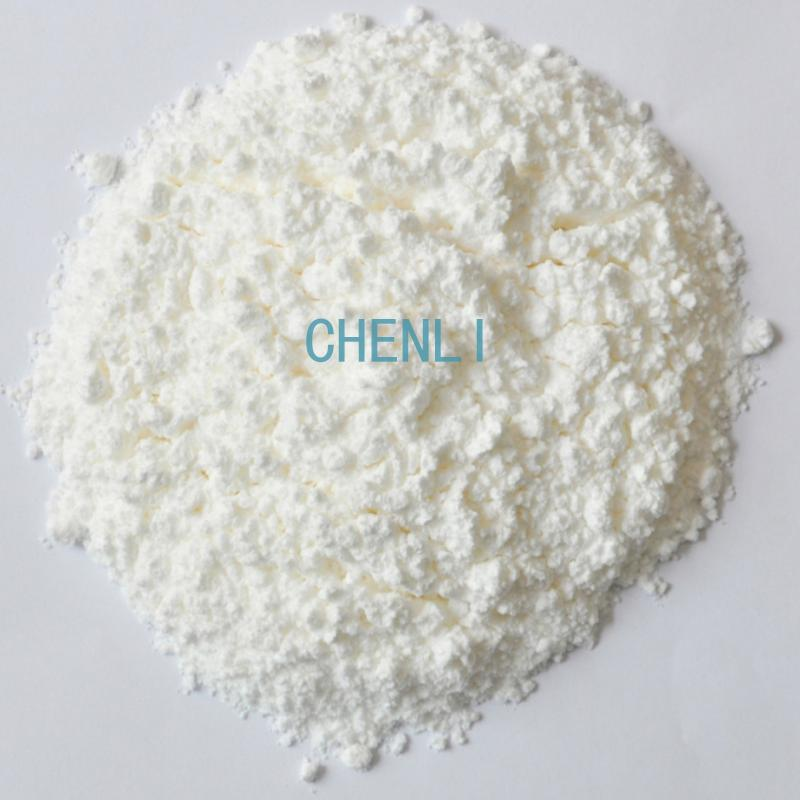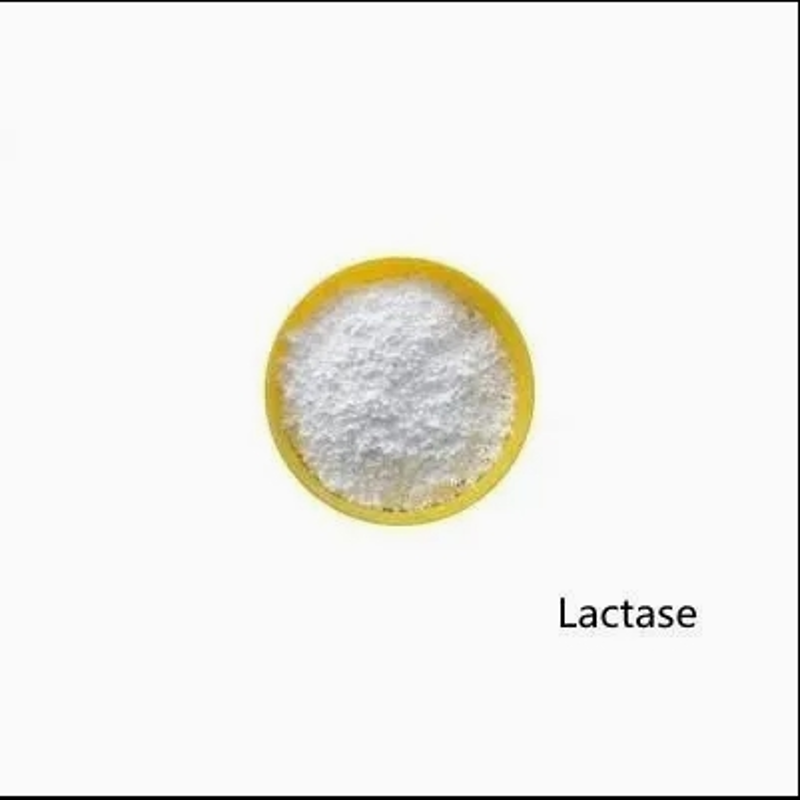-
Categories
-
Pharmaceutical Intermediates
-
Active Pharmaceutical Ingredients
-
Food Additives
- Industrial Coatings
- Agrochemicals
- Dyes and Pigments
- Surfactant
- Flavors and Fragrances
- Chemical Reagents
- Catalyst and Auxiliary
- Natural Products
- Inorganic Chemistry
-
Organic Chemistry
-
Biochemical Engineering
- Analytical Chemistry
-
Cosmetic Ingredient
- Water Treatment Chemical
-
Pharmaceutical Intermediates
Promotion
ECHEMI Mall
Wholesale
Weekly Price
Exhibition
News
-
Trade Service
The Pennsylvania State University study
a sense of taste for
different consumers
on
Ansemi and stevia sugar
and scientists at Pennsylvania State University found that genetics may influence the transmission of
human taste bud signals
, leading to a high degree of taste preference. These genetically influenced preferences mean that food and beverage companies need a range of non-nutritional sweeteners to meet the taste needs of different consumers.Genetic differences lead people to have different feelings about food tastes
," said
John Hayes, assistant professor of food science and director of the Sensory Evaluation Center. Thebased on the participants' genetic data, and the researchers were able to explain their different reactions in the laboratory's Ansemi taste test. Ansemi is an artificial non-nutritional sweetener widely used in carbonated soft drinks and other products.non-nutritional sweetener is a sweetener with minimal or no energy., however, some people think Ansemi is sweet, others feel sweet with bitter taste.researchers recently reported their findings in an article published in the journal Chemical Senses. The paper refers to two variants of the bitter taste gene, serial number
TAS2R9 and TAS2R31
respectively, which explains the differences in human perception of the bitter taste of Ansemi.
Alissa Allen
, a Doctoral student in food science with
Hayes
, says the
two taste-like subject genes work independently, but it
can combine to produce a range of reactions.Allen
that humans have
25
bitter-perceived and one sweet-smelling subject, like gates and locks. Molecules that match a particular subject are like keys, which produce a signal that, when transmitted to the brain, explains, like taste, some pleasant, some repulsive.according to another recent study published in the journal Chemical Sensory Cognition,
Allen
invited
122,
participants to sample two stevia extracts, Reb-A
(reb-A)
and Leboldi
D
(reb-D)
. These are two types of glycosides extracted from stevia plants and are currently the most studied and applied sweeteners. According to the researchers, stevia is a native Plant of South America and has been a source of sweeteners for centuries. Plant-based all-natural non-nutritional sweeteners are becoming more common, and consumers are recommending removing the odor, including bitters, from sweeteners extracted from stevia.researchers found that, structurally, there was a large difference in the bitter taste between lebaudin
A
and
D
, but it had nothing to do with whether the participants felt the bitter taste of Ansemi. Similarly, the bitter taste of leibody
A
and
D
cannot be predicted based on genes serial numbers
TAS2R9
and
TAS2R31
. They also found that of these two stevia extracts, Lebold
A
is
than
D.original stevia research and product development focused on Lebold
A
, and its ingredients were approved for safety in2008. It wasn't until recently that Lebold's
D
stand out.Hayes
said: "Our results suggest that raw material suppliers may consider commercializing Lebold
D
because it provides a sweetness similar to Lebold
A
and has less bitterness.Hayes
researchers are just beginning to understand the molecular basis of taste perception."we
that people's perception of bitterness has been different for more than
80,
years, but we've only started to figure out these differences on a molecular basis in the last
10
years," Hayes said. ThePennsylvania State University was supported by the National Institutes of Health.







